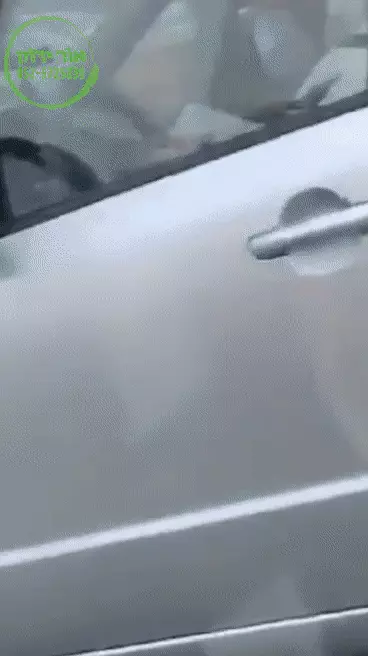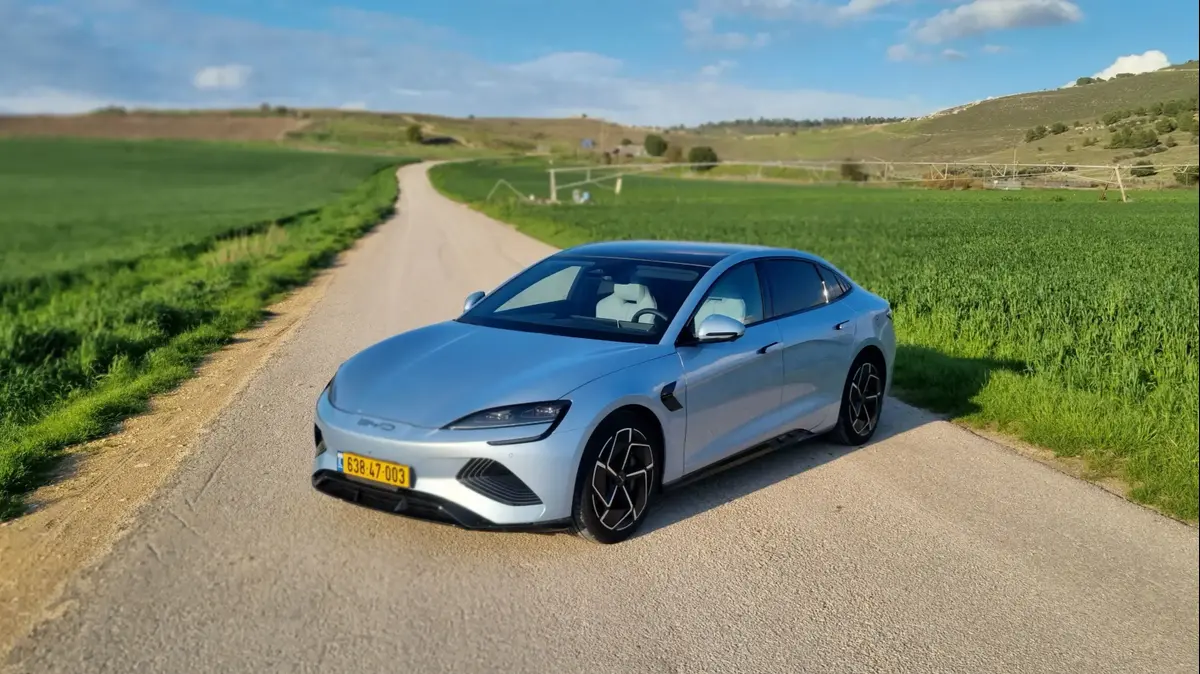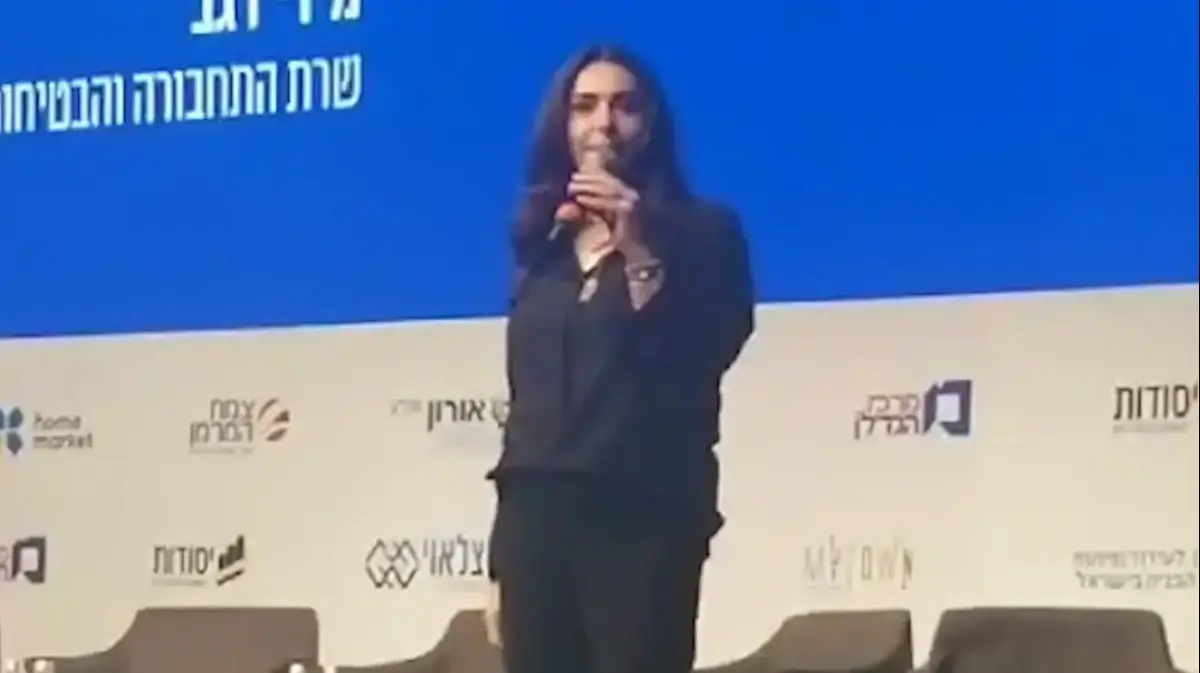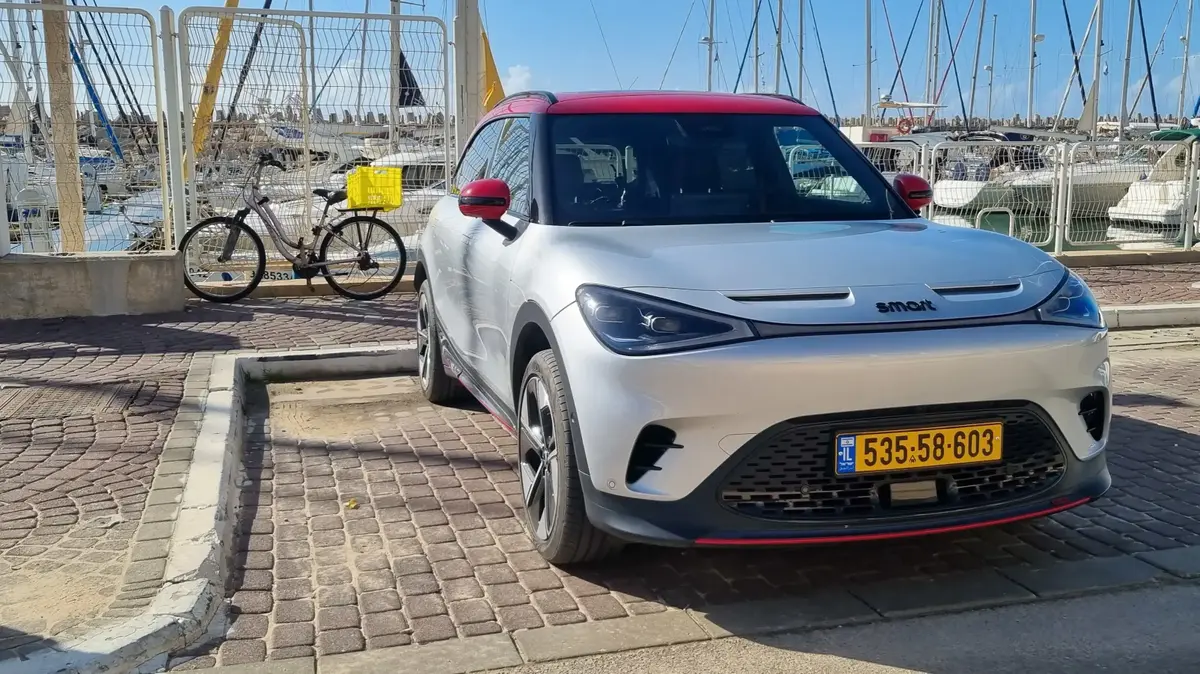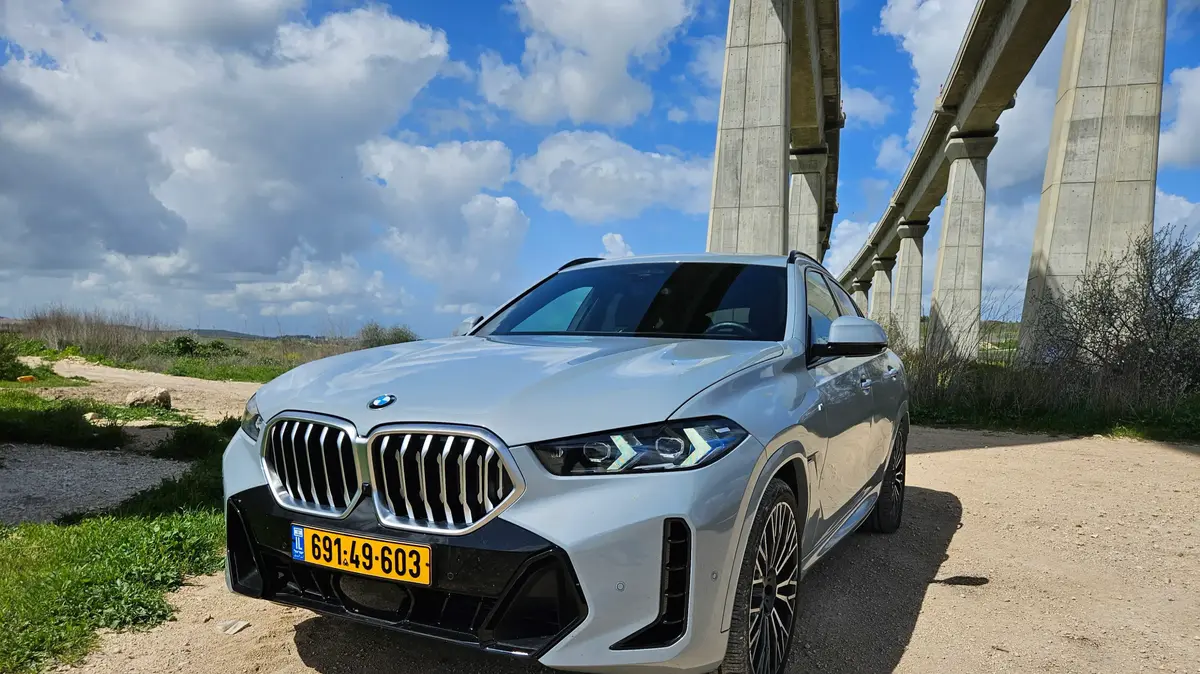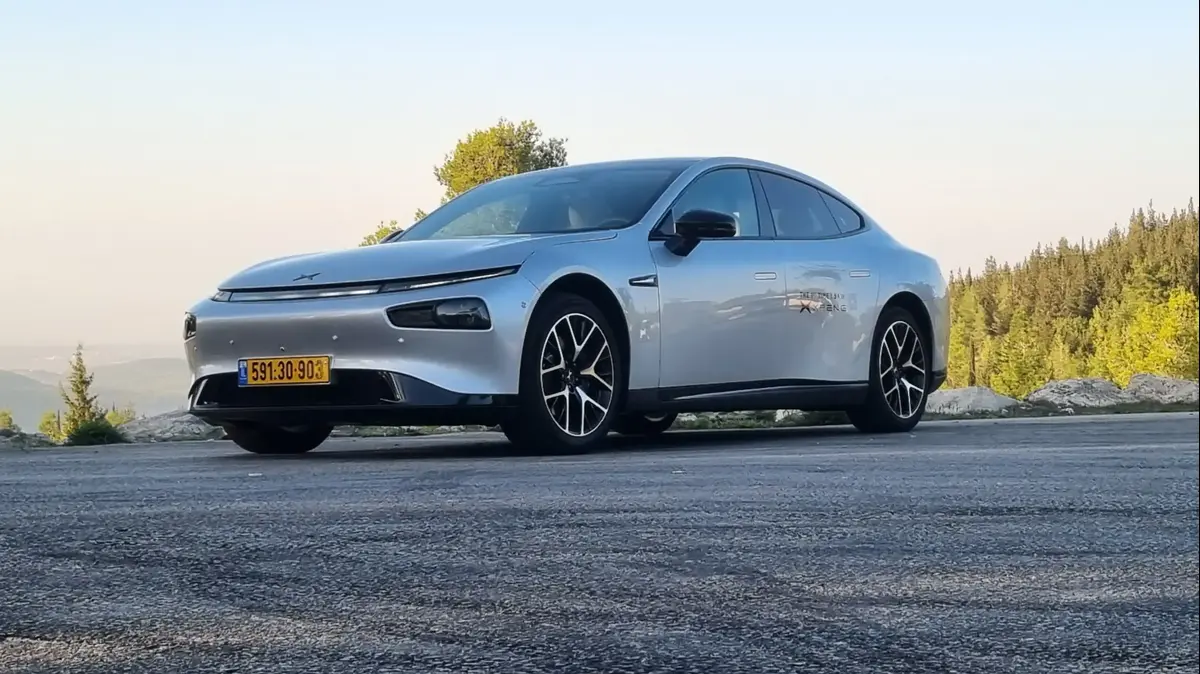Praying for driving? It won't help you
A driver who is caught driving while putting on tefillin has grown up to do and even has his eyes covered for reading, it turns out that this is prohibited not only by law, but also by law. Chief Rabbi of Israel David Lowe also goes against the phenomenon
Praying for driving? It won't help you
Photo: green lightIn religious and religious neighborhoods this phenomenon has been observed for several years, drivers who make their way to the synagogue are decorated with a prayer shawl and tefillin in the car. The source of the custom is not new and appears on the Shulchan Aruch Tefillin sign "K" second paragraph: "Whoever is careful about a small prayer shawl (Tzitzit - KK) we will wear and put Tefillin in his home and go dressed in tassel and titled Tefillin to the synagogue and there will wrap a large prayer shawl."
The problem begins when this imperative, especially when driving, conflicts with another law: "A person must use tefillin every time he is not distracted from it" (Shulchan Aruch, Lifestyle, "para. 1"). To know some of the judgments of frivolity or clowning, and still, and along with the halachic discussion, is driving with tefillin a proper and desirable act? Is prayer while driving not a violation of both the commandment of prayer and the duty of caution in driving?
More in Walla! NEWS More in Walla! NEWSDrunk, at 219 mph in Ferrari
To the full articleYou drove the above car without caution by placing tefillin
Practicing Tefillin (Photo: Green Light, Screenshot)
Shema Israel
On 11/11/19 Monday at 4:40 pm Route 4 to the north, a covert motorist driving a vehicle while praying while praying around his arm and in the blindfold.
In a police officer's report, "While enforcing an undercover car on Highway 4 to the north, I noticed the above vehicle traveling in the right-most lane of 4 lanes in a straight direction. We were parallel to it and to my left I observed the driver praying with blindfolds and tefillin wrapped around his arm while traveling. In the right margin with continuous eye contact. The driver is alone in the vehicle. No curtains or dark windows. " And what did the driver respond to? "I haven't had enough, you're right."
The driver's confession of guilt and justification for police officers did not help him in this case and the incident ended with a report of careless driving (Section 21c) which meant a fine of NIS 500 and 6 points.
This is not the first time law enforcement officials have encountered this offense and in 2015 the matter came to the Traffic Court. Then an indictment was filed against a driver in similar circumstances - a police officer noticed him driving while he was laying tefillin, holding a frame - and on his head a tallit that obscured his field of vision. However, unlike the previous case, here, the driver was charged with another section - easily driving a head.
More in Walla! NEWS More in Walla! NEWSExpect: James Bond from the mugs caught with a license plate folding mechanism
To the full articleAdv. Eliran Blutman
Attorney Eliran Lotman, a traffic law expert, explains that, like driving carelessly, this offense is also a "basket offense" (a offense that corresponds to a large number of cases not defined as specific offenses in the law), which is enshrined in section 62 (2) of the Traffic Ordinance. The punishment of a person driving a car lightly, or negligently, or at speeding under the circumstances of the case is a danger to the public, even if it is less than the maximum speed set up to two years' imprisonment. The prosecution and the punishment for it is a fine of NIS 500 without a license revocation.
The discretion that police can give to determine which offense is attributable to the driver is wide. The essential difference between the two is their impression of the severity of the driver's behavior, his attitude towards the consequences of his actions and the danger he caused in his driving and of course the severity of the punishment. According to Attorney Blutman, despite the distraction, the police prosecution will find it difficult to convict a well-represented defendant, in a light offense and in appropriate cases, the offense can be converted into carelessness and even converted without offense, subject to the evidence mask in the case.
At the end of the day, the defendant did not bother to come to court and the court sentenced the driver to four-month driving license revocation, three-month suspended license for three years from now, and a $ 1,000 cash fine. The judge noted, "There is no doubt that it is driving in a way that endangers road users. I doubt whether prayer in this case would have helped."
Chief Rabbi of Israel David Lowe: No Permit I Did Not Go to a Stop on the Road to Prayer (Photo: Noam Moskowitz)
Chief Rabbis, David Lowe and Yitzchak Yosef at a conference of rabbis in Noam in Jerusalem. August 2015 (Photo: Noam Moskowitz)
The most advanced is the most lucrative The most advanced is the most lucrativeCompulsory insurance from NIS 54 per month
By the insurance company WE SURE
For purchase >>"There is no permit"
The issue of prayer on the road is not only about the distraction and lack of concentration, but also the attitude to prayer not only in the aspect of vehicle operation, but also to stop at the margins for that purpose. Because prayer times are harsh and defined, the fear of missing them causes both Muslims and religious Jews to keep the commandment of prayers on the roads, even on highways - a situation that is also very dangerous and explicitly prohibited. This is also what Rabbi David Lowe is referring to Israel's Chief Rabbi in response to a request from Walla! Vehicle: "There is no permit I went to distract while driving, nor for prayer or study, etc. The determination is unequivocal, as is the case with a dangerous stop on the highway for that purpose - This is not allowed. " The rabbi makes it clear that in halakhic aspects, driving with tefillin is not prohibited, but the distraction that impairs driving safety - is the problem.
Erez Kita CEO of Green Light Association: "Driving distractedly is one of the main causes of fatal road accidents, so every driver is required for a variety of actions that require his full attention. When a driver prays for driving, or does any other action, he is actually endangering both his own life and that of his environment. "
The law's reference to prayer while driving, sometimes while holding an arrangement and perusing it, is the same as that of cellular messaging, and so is the fine that must be given in the garden. But a spotlight must also be directed to a very different aspect of this behavior. While driving with tefillin and a prayer shawl on the head can not be said to limit visibility more than a hoodie pulled on the driver's head - the visibility of this behavior by other road users certainly has weight. When "adhering" to a "mitzvah" portrays what makes it a law-abiding one, it disparages, even at a different risk, the individual's wages come out at the loss of the battered audience.

